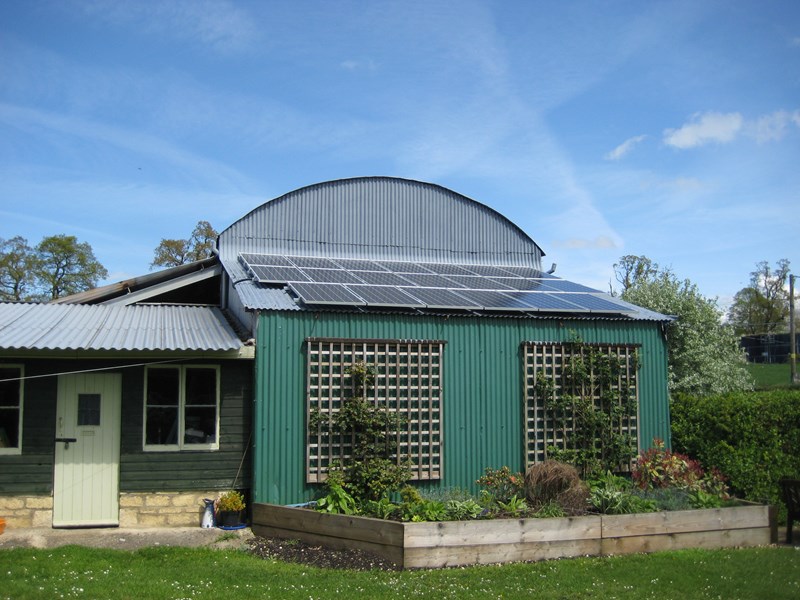Solar PV - in depth
Detailed understanding of the Solar PV
Solar power for generating electricity is now widely used across the world to provide clean, safe, renewable energy. A common use is the solar generated power is synchronised the grid to supplement property’s energy use. Feed in Tariff payments make the investment in solar power more profitable.
The industry, the manufacturers and the installers are all regulated by MCS (Microgeneration Certification Scheme). This ensures both the components and installation are kept to high standards to provide greater integrity and confidence for the final consumer.
In one of Solar PV’s most simple applications, domestic properties, the optimal size is generally 4kWp. Covering approximately 18-25m2. This is traditionally fed into a centralised inverter often installed in the loft space or garage etc. The inverter is sized to 4kWp to match with the generation output. The inverter is connected to the incoming electric mains supply to the property and “synchronises” with it. This allows the system to work alongside the mains. The property will use the solar power first, providing large saving in electricity bills.
Our Solar Panel advantage
Solar Panel technology has been around for a long time fairly unchanged. The widely used systems available are standard sized panels and centralised String inverters. The Panels are generally sized approximately 1m wide by 1.6m long by 40-50mm deep and these days are approximately 250-280Watts output each. These panels have an efficiency rating of 14-16%. As an example, for a typical domestic installation you would look to cover 25m2 using 15 or 16 panels.
Our chosen Panel… SunPower panels are 20-22% efficient and therefore for you would need 11-12 panels covering 19m2 for the same or higher electrical output.
The make-up of “standard” type panels is also very similar across the manufacturers. The silicon cells are cut very thin and covered in a grid of aluminium paste. This paste transports the electrical output and helps to hold the silicon cells together. This makes the panel very brittle and weak. The construction in this way also limits the efficiency for a number of reasons including some of the area of the silicon is covered up.
SunPower panels are different. Some of the advantages include… all back contact copper connection to improve the efficiency and build quality. This also makes the cells far more robust. To add to this the cells are held together within the panel with patented connectors that allow for an amount of flexibility that will inevitably happen with the panel over time.
There are a number of other advantages Sunpower have over standard technology. See our SunPower page
Our Solar Inverter advantage
Centralised string inverters are very reliant on correct, best practice installation, string sizing (quantity of panels linked together) and no partial shading. This means if too few or too many panels are on a string the inverter will underperform. Also, and often a missed point, if the corner of one panel is shaded the whole string has a reduced output. Making a real world, best performing installation quite rare and often very tricky to install.
SolarEdge optimises each panel to negate these issues. String sizing has virtually no effect and partial shading will only ever effect the panel in shade.
As a result of this Panel by Panel optimisation, SolarEdge monitoring portal has a number of distinct advantages over other manufacturer’s systems. As an example, one advantage is comparing Panel performance. With a string inverter you cannot see how each is performing so you cannot tell where shading is having an effect, if there is an issue with a panel etc.
For a more detail on SolarEdge, please see our SolarEdge page

